2011 Porsche Panamera, Panamera 4 Review – First Drive

The idea of low-powered limos has been generally accepted overseas. Travel to any European city and you’ll see four-cylinder and six-cylinder BMW 7 Series, Audi A8s and Mercedes-Benz S-Classes. North Americans (generally) won’t abide ‘fours’ at all, and any ‘sixes’ are usually paired with batteries or turbos.
FAST FACTS
| 1. New for 2011 are the V6-powered Panamera and Panamera 4 with 300-hp and 295 ft-lbs of torque. |
| 2. The 0-60 mph sprint takes 6.0 seconds for rear-drive models and 5.8 seconds for the AWD Panamera 4. A Sport Chrono package drops an additional 0.2 tenths. |
| 3. Pricing is set at $74,400 for the Panamera and $78,900 for the Panamera 4. |
So why does Porsche feel it can rake in additional sales by offering its four-seat Panamera sedan with a bent six? Isn’t that like bringing a six-shooter to an artillery convention? Who signed off on that deal?
NEW V6 MODEL DELIVERS 300-HORSEPOWER
Whether you agree with it or not, the Panamera – just Panamera – will debut this September carrying a 300-hp 3.6-liter 90-degree V6. Heresy? Not really, according to Porsche, who claim that less than a decade ago, V8s of closer to five liters in size were producing roughly the same power. The engine’s 295 ft-lbs of torque is helped by the use of direct gasoline injection and fully-variable cams. Porsche claims that its V6 is created by taking two cylinders off the V8, which is why it retains the 90-degree V-angle, dry-sump lubrication and features a hole through the block that the front axle passes through on all-wheel drive models.
Porsche has aided the V6 in two ways. The first is the seven-speed dual-clutch PDK gearbox, which helps keep the engine in its sweet spot for longer. The second is a real obsession with paring weight. The Panamera is already the lightest vehicle in its class – the 500-hp Turbo still weighs in at under 4,400 lbs – and the V6 itself is a featherweight at only 404 lbs fully dressed. Altogether, the rear-wheel drive Panamera comes in at 3,880 lbs, and does the 0-60 mph sprint in six seconds flat.
As with the V8-powered cars, the Panamera can be had with Porsche’s all-wheel drive system. The Panamera 4 adds about 140 lbs worth of weight, but drops the 0-60 time to 5.8 sec. Both will top out at 160 mph. Not bad for an entry-level grand-touring machine. Adding Porsche’s optional Sport Chrono Package brings easy-peasy launch control along with it – and a commensurate 0.2-sec. reduction in sprint times for both models.
A side benefit to the reduction in cylinder count is an equal reduction in fuel consumption. None of the various Panamera models qualifies for a gas-guzzler tax (even the 15 city/23 hwy mpg Turbo), which is great. But the V6 only uses 18/27 mpg (city/hwy), while all-wheel drive cuts the highway figure back to 26 mpg. Those headline figures also come courtesy of a start/stop system that shuts off the engine when it’s stopped and re-fires when you take your foot off the brake.
NEEDS MORE DOWN-LOW GRUNT, BUT SINGS AT HIGH RPM
For those who’ve driven a Panamera S or Turbo, the base model requires much harder press on the gas pedal around town, even with Sport mode’s sharper throttle activated. Passes on the highway aren’t dispatched with the same ankle-flex as before either. That’s understandable given the V6’s comparative lack of low-down torque.
Out on the challenging Barber Motorsport Park track in Birmingham, AL, there was plenty of opportunity for full-power stints, and kept in the higher rev range, the V6 takes back some of the ground lost. It also sounds wonderful, with a well-tuned intake noise being the most easily distinguished portion.
Although 18-inch wheels are standard, the cars we tested on the track – both rear- and all-wheel drive – featured optional 20-in multi-spoke Panamera Sport wheels with stickier tires.
The regular steel springs also prove to be a good compromise between comfort and response, although those who wish to have some say in the matter can order the optional air suspension.
Further athletic responses can be extracted with the optional torque-vectoring rear differential, which is new for ’11 and available on all Panamera models.
SUPER-EXPENSIVE OPTIONS, BUT WELL-EQUIPPED IN STANDARD TRIM
If you’re getting the feeling that, aside from the low-powered engine, Porsche is treating the $74,400 Panamera and $78,900 Panamera 4 as it would any other vehicles, you’re right. And that means that big-dollar features and options that might make more sense on a Turbo can be thrown into the V6 mix too. That includes the $8,150 carbon-ceramic brakes, the $5,690 Burmester 16-speaker surround-sound system, or your air vent slats covered in leather for $2,505.
But less-than-sensible options aside, the V6 models do come with a relatively generous amount of equipment. There’s standard power seats, dual-zone climate control, a 7-inch color touchscreen navigation unit with a 10-speaker audio system, a power moonroof and liftgate and bi-xenon headlights. Also, all Porsche models get standard floormats, universal audio input (Aux, USB, iPod) and Bluetooth handsfree for 2011. And the same comfortable seating for four and generous cargo space carries through too.
THE VERDICT
The value equation doesn’t usually get thrown about when Porsche is involved. But, an all-new $70,150 BMW 740i with a 315-hp turbocharged six-cylinder weighs 4,344 lbs. and is virtually barren inside. The closest Mercedes-Benz is the 295-hp S400 Hybrid starting at $87,950 and the Panamera walks all over its three-pointed star. The fly-in-the-ointment will be the all-new Jaguar XJ, which features wonderful design, tons of room and a 385-hp V8 starting at $72,500.
Sure there’s also the BMW 535i GT, with it’s four-seats and 300-hp twin-turbo. It’s also seriously luxurious and much cheaper, but is more like a crossover, than a four-seat sports car.
For those who can get past the challenging exterior design and lack of low-end pop, the Panamera and Panamera 4 are legitimate contenders in the luxury and near-luxury class.
RELATED READING
2010 Porsche Panamera S: First Drive
2010 Porsche Panamera 4S Review
2011 BMW 550i GT (Gran Turismo) Review
2011 BMW 5 Series (535i & 550i) Review – First Drive
2009 BMW 750i
2010 Mercedes-Benz E350 4MATIC Review
LOVE IT
- Lighter weight equals better handling
- Sonorous V6
- Decent pricing structure
LEAVE IT
- Needs low-down pop
- Feels wide in traffic
- Needs large wheels to look good

Mark has worked as an automotive journalist for over 10 years, starting as a student at Centennial College, in Toronto, by launching an auto-review section in the college paper, The Courier. Since then, he's been Editor of Inside Track Motorsport News and its Streetwise section of new-vehicle reviews and industry news, done stints at Carguide and World of Wheels, and currently works as an award-winning freelancer for AutoGuide.com, MSN Autos Canada and more. He's also a first-time father, so don't be surprised if the frustration of properly installing a car seat creeps into his work.
More by Mark Atkinson





















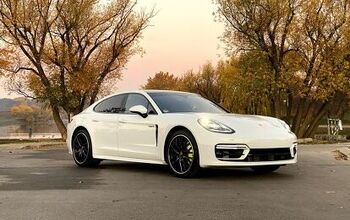


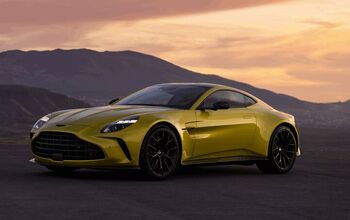

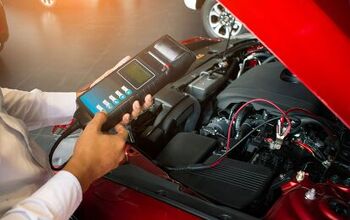
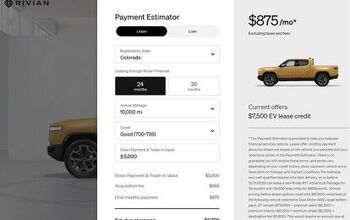
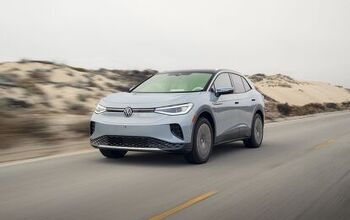



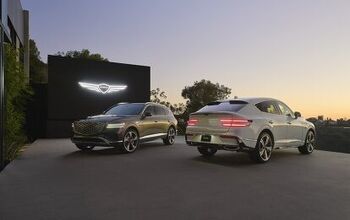
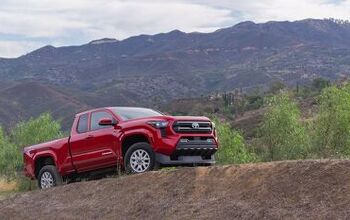
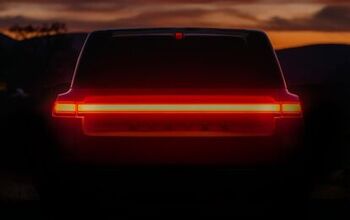
Comments
Join the conversation